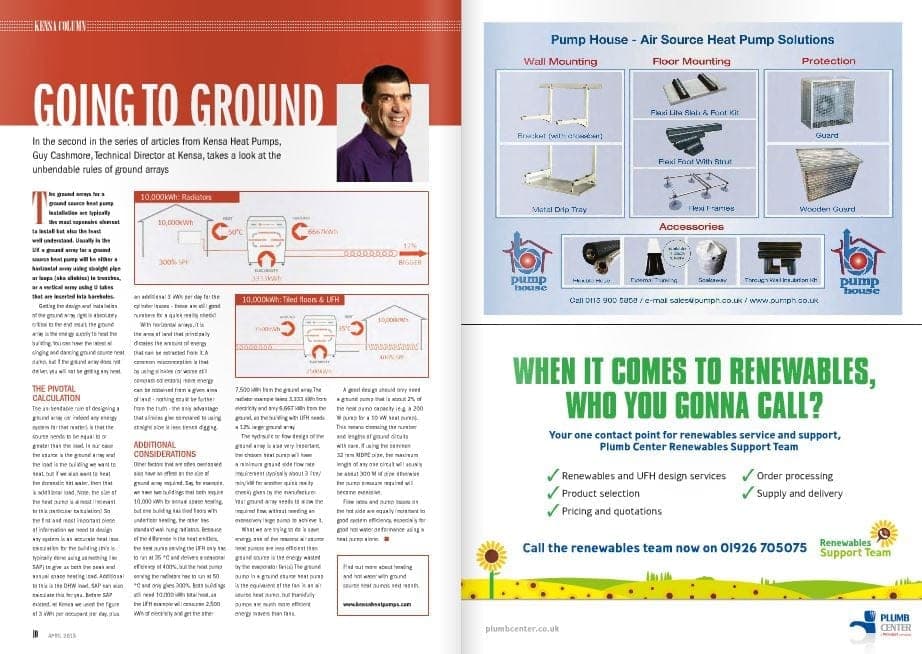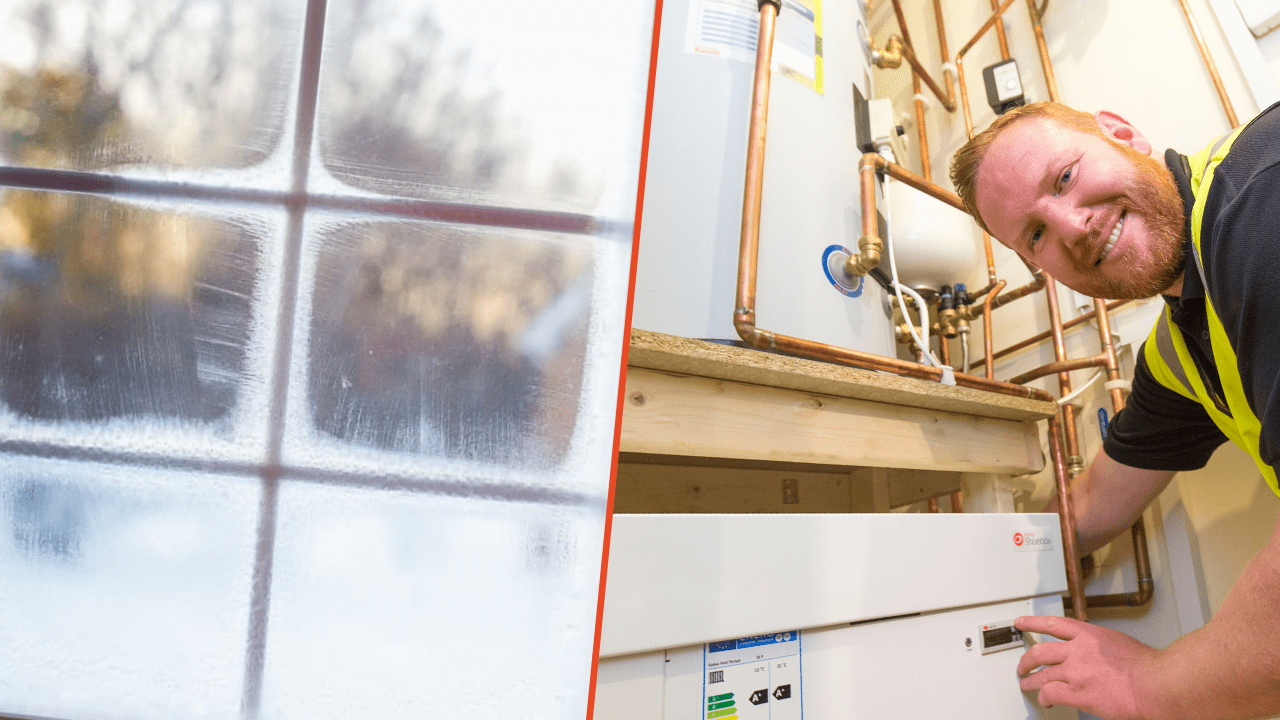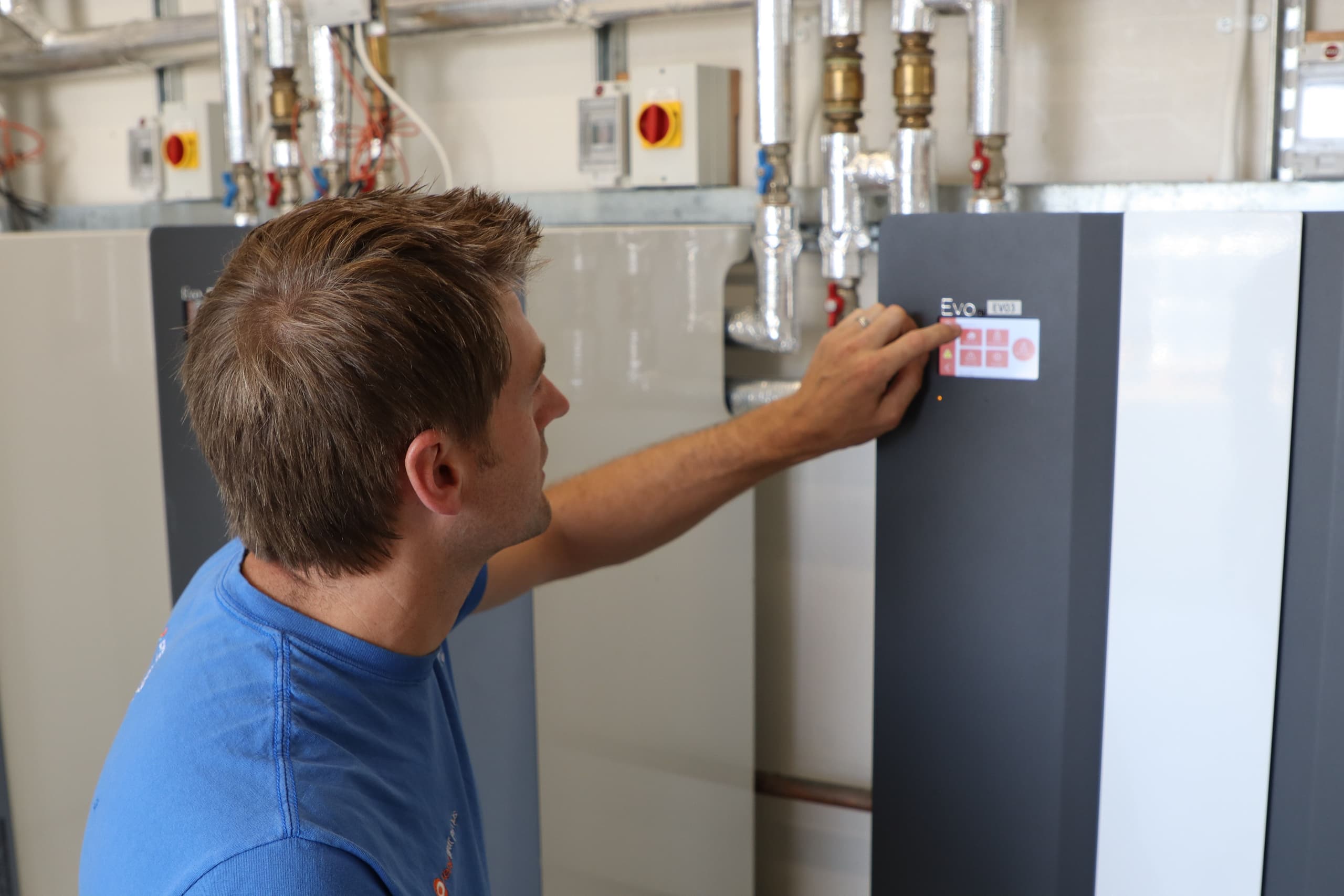Drilling Deeper: Testing Ground Source Heat Pump Borehole Depth
- Installers
- 4 min read
Is there unexploited potential in medium-depth boreholes?
Ground source heat pump technology is vastly underused within the UK, despite boasting the best system efficiencies versus any other heating technology. This is often the case for densely populated urban areas, where space for the ground array might be at a premium. When installing ground source heat pumps in these locations, borehole geometry is key; if boreholes are drilled to a standard depth of 100 – 230m, projects can be ruled as unfeasible as there is insufficient space to install the required number of boreholes.
Drilling to depths of 300 – 400m means more pipe can be installed in the ground for the same amount of ground-level surface area. This would allow the loops to absorb extra energy, sustaining a higher heat load for domestic properties or commercial premises in urban or high heat loss locations.
What are the advantages & challenges of medium-depth boreholes?
There are many advantages to deeper loop installs. Chief amongst them is the extra energy absorption per sqm of ground-level surface area. You can also save time versus shallower ground source heat pump borehole depths – as the loops would be installed deeper, and the drill rig would move less frequently. It could also reduce installation costs. This is particularly beneficial to retrofit projects, where completing the necessary Health and Safety measures required can be time-consuming.
However, there are challenges to overcome with medium-depth systems, such as pressure drop over the installation – with the need to keep parasitic pumping loads to a minimum. There are a few loop manufacturers who have developed – or are developing – new loops with a larger diameter to overcome this issue, but we must carefully consider hydraulic design. Geology across the UK varies and some sites may not be suitable for drilling medium-depth boreholes with standard equipment. We must find a balance between equipment requirements and design constraints.
The hydrostatic pressure of installed loops at depths of between 300 and 400m is another challenge. Complementary grouting and installation practices must be developed to ensure a high-quality, long-lasting functioning system is delivered.
Kensa is currently assessing ground source heat pump borehole depth through a staged progression to 400m, working with design and installation partners to quantify the costs and benefits.
Could medium-depth boreholes provide carbon-efficient solutions to larger schemes? (e.g. district heating or industrial compounds)
Kensa has been installing ground source heat pump systems into both industrial facilities and district heating for some years. The carbon efficiency of ground source is long proven and becoming widely accepted – benefitting both developers and end users. The use of medium-depth boreholes can only improve a recognised installation method for district heating, which is more commonly installed in highly-populated areas with limited space available for boreholes.
The ground array can be further utilised for cooling as well as heating, allowing inter-seasonal storage of energy within the ambient-temperature pipework. Couple this with load-shifting initiatives achieved through smart controls that balance peak heat demand and ground source heat pump systems with medium-depth boreholes present an excellent option in both high density and remote areas.
Could a combination of shallow, medium & deep geothermal heat & heat pumps decarbonise heating?
There is a great opportunity to meet government carbon reduction targets for heating through the increased use of boreholes and ground source heat pumps. Each type of borehole design, either shallow, medium or deep, will have their place. And as always with ground source system design, each project must be viewed independently, using the right solution for the building load’s specific project constraints. The challenge of increasing the uptake of ground source heat pumps requires further education of the house building industry to change perceptions on cost and value.
The longevity of the ground array infrastructure and minimal maintenance costs ensure ground source heat pumps offer the lowest lifetime cost of ownership of any heating technology. This provides developers with a unique investment opportunity to offset the initial cost through readily available funding streams.
Combine financial benefits with reduced compliance requirements, zero point-of-use emissions and no visual impact, and ground source heat pumps should be considered by the industry as a vital part of the solution for the decarbonisation of heat.


